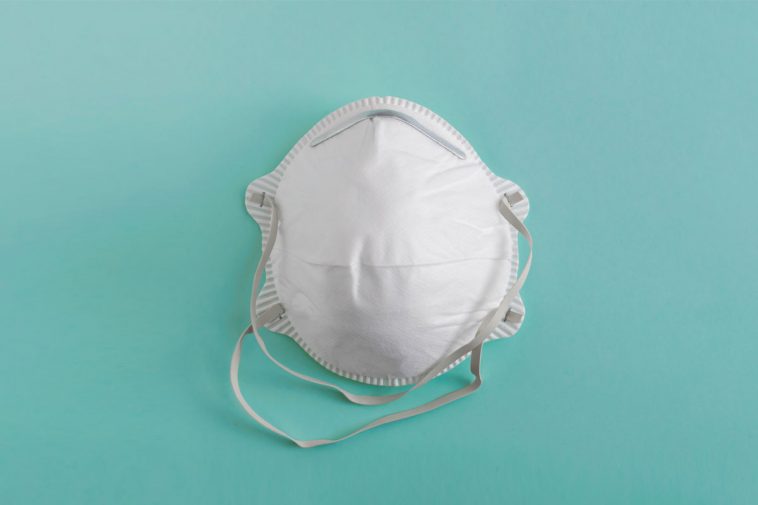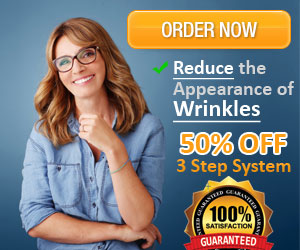There are plenty of very good reasons to be wearing a mask. As we slowly emerge from pandemic lockdowns, face masks, even simple fabric ones, can drastically reduce the spread of Covid-19.
But wearing a tight-fitting covering over your nose, mouth, and chin has its drawbacks, especially as temperatures and humidity rise and we all start sweating behind our masks.
Even when washed regularly, a mask can act a bit like a petri dish against the skin. Enter “maskne,” the newest pandemic side effect.
Skin care companies have begun peddling maskne-specific offerings, dermatologists report that calls about breakouts are skyrocketing, and Google searches for the term have spiked.
But the American fixation on skin care — and its occasional associated gore — isn’t new. Cyst removal, blackhead extraction, and pimple-popping videos have been all the rage for years.
There are dozens of popular Instagram accounts dedicated to the practice, and since 2015 Marjory Cook, known as “Dr. Pimple Popper” has been entertaining millions of YouTube subscribers with graphic, but somehow deeply satisfying content.
Social Media and Skin Care
“Social media is a big part of what’s propelling this phenomenon into the spotlight because it’s one of those ‘guilty pleasures,’” says Jennifer Collins, an associate professor who studies people’s experience with acne, the most common skin disorder.
“It’s the intersection of pleasure and pain, and it becomes really entertaining for people.”
Now, especially, watching pimples pop could be providing some much-needed stress relief. Studies find that, for both adolescents and adults, even moderate acne can have a significant negative impact on one’s quality of life.
The videos give viewers a vicarious experience as others “rid their bodies of something that’s the source of not just disgust, but something that represents a lot of psychological distress,” Collins adds.
There are different types of pimples
Some pimples seem to be the product of dry skin rubbing against face masks. It’s therefore more important than ever to apply regular moisturizing creams that contain natural ingredients that can help reduce and prevent inflammation, pore obstruction and the inevitable pimples that follow.
Here at Bioessence we recommend two creams: The $180 Moisturizer by La Mer. Which is great if you can afford it or the equally good Thielo Daytime Moisturizer which costs $32.
Blemishes vs Pimples
What we call a pimple might actually be one of a number of different types of blemish. First things first: figure out what you’re looking at. The American Academy of Dermatology (AAD) provides a helpful blemish gallery you can use to identify whether you’re dealing with a pustule, a whitehead, a cyst, or something else entirely.
“Most ‘pimples’ are caused by the inflammation of a hair follicle,” explains Maria Cruz, a from New Jersey. When a follicle—a small skin cavity from which hair grows—gets clogged with dirt, natural oil (called sebum), or sloughed-off skin debris like keratin, they become comedones, otherwise known as blackheads and whiteheads.
“Whiteheads and blackheads don’t hurt,” Cruz says.
“When you get bacteria in a hair follicle and it causes those tender white bumps on a pink base — that’s different. That’s what people call a ‘zit.’ We call it a pustule.”
There are other types, too, including small, hard red bumps that often show up in groups when oil and bacteria move into the lower layers of the skin. Those are called papules. Finally, when acne-causing debris or bacteria pushes itself even deeper, an acne nodule or cyst can form. Those are the painful, tender zits that don’t have a “head” and are usually the most difficult to deal with.
“It’s the intersection of pleasure and pain, and it becomes really entertaining for people.”
Generally, you really shouldn’t pop them on your own
If you’ve got pus- and bacteria-filled bumps or an abundance of blackheads, you might find yourself unable to resist popping or picking. Still, Cruz says, you seriously shouldn’t.



